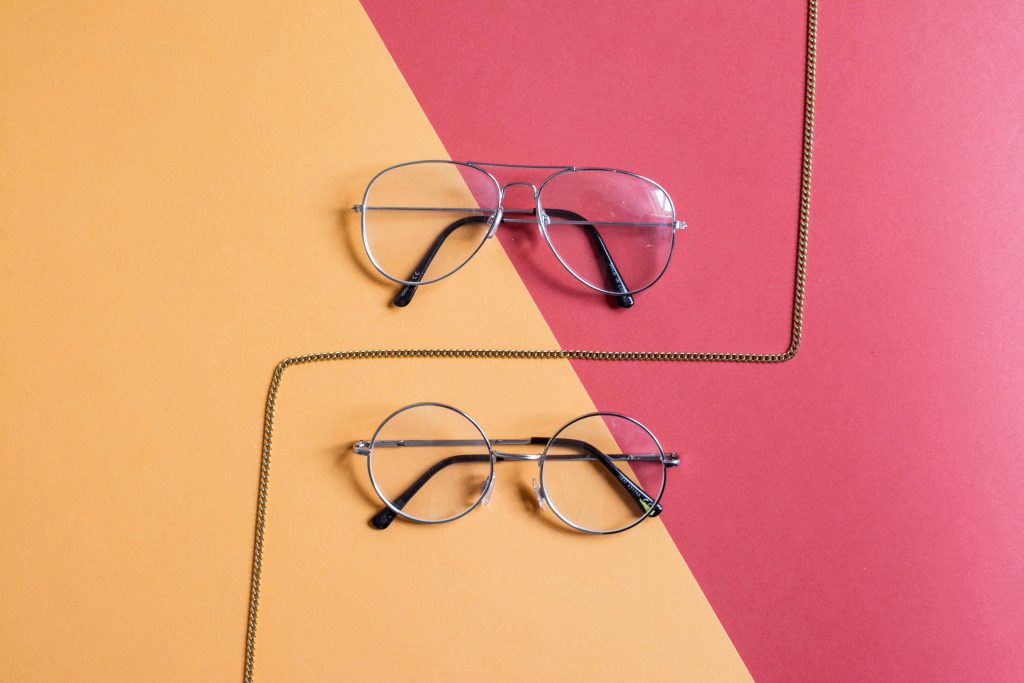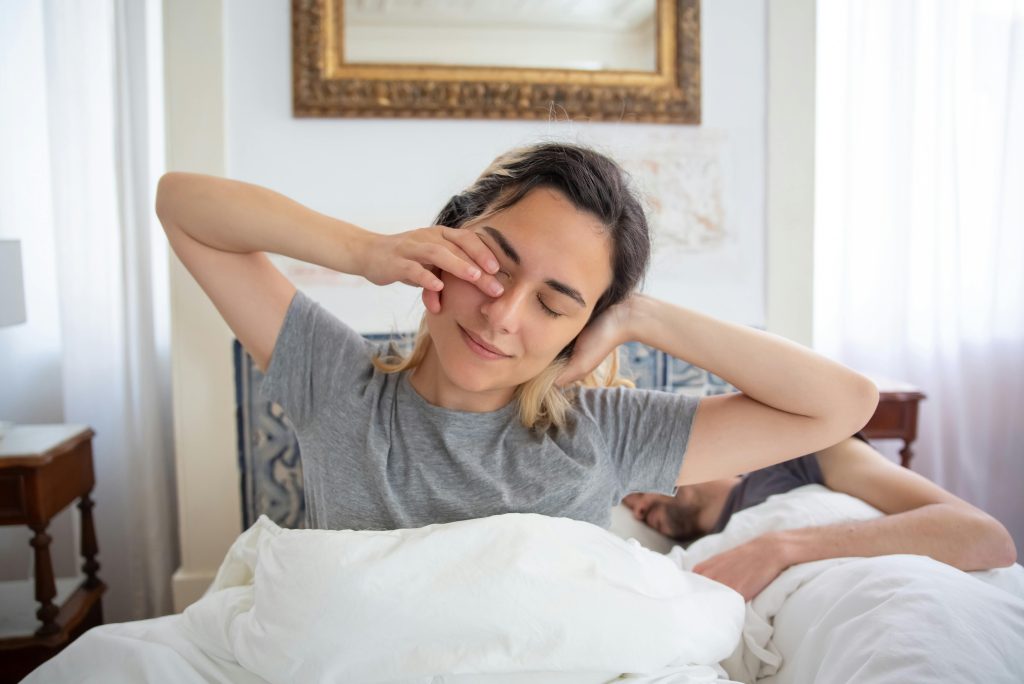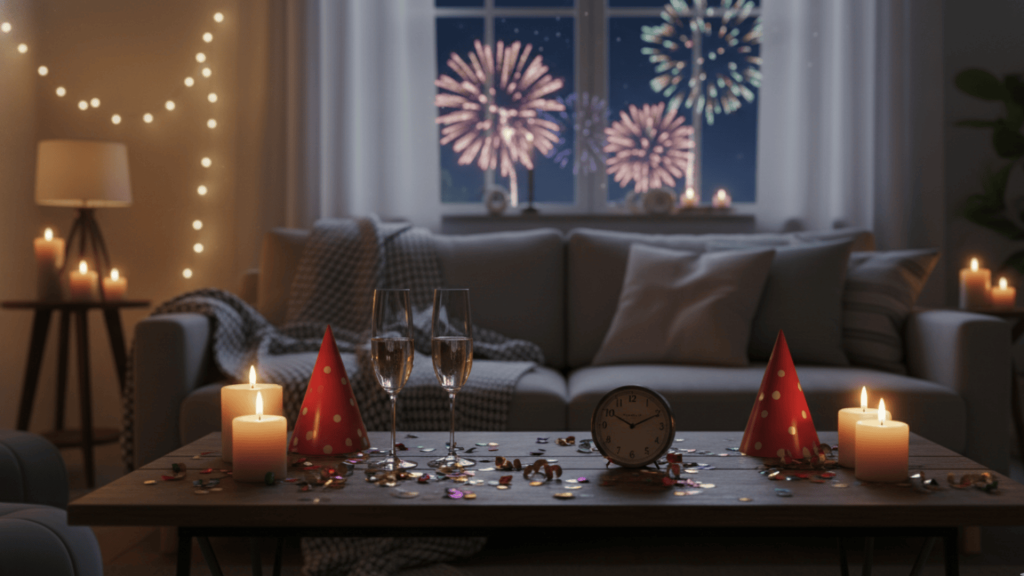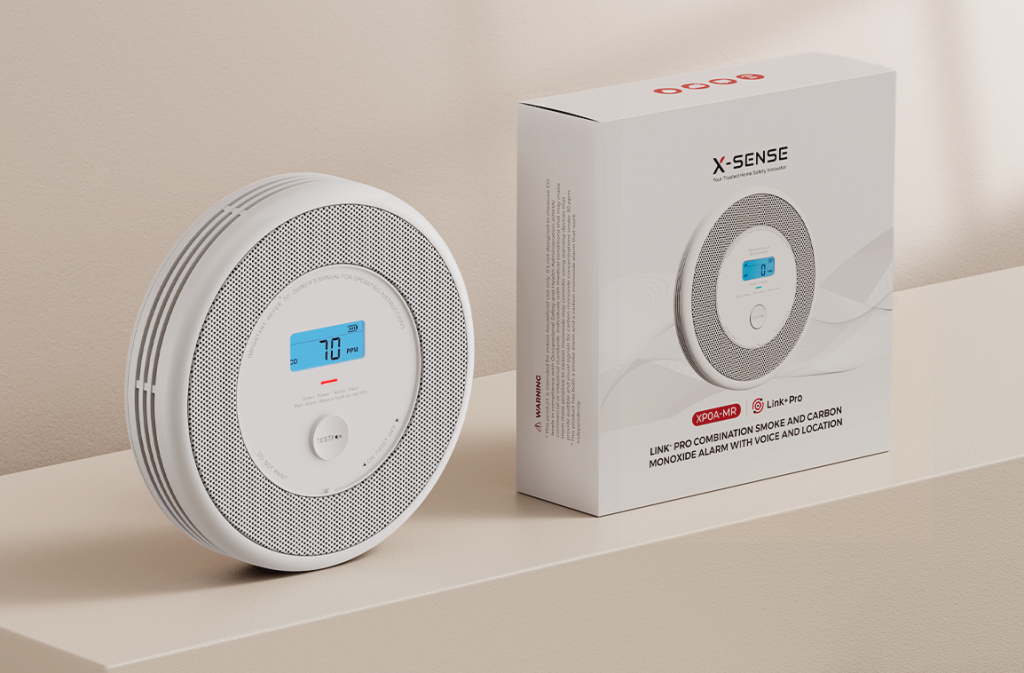Struggling to fall asleep at night, then dragging yourself out of bed each morning? Traditional sleep solutions often fall short, leaving you exhausted and frustrated with side effects or dependency risks.
AYO light therapy glasses offer a science-backed alternative that resets your circadian rhythm naturally. These devices use specific light wavelengths to help you fall asleep easier and wake up refreshed. This guide covers how they work, which conditions they treat, and how to use them effectively.
Understanding Light Therapy and Your Sleep Cycle
Light therapy, also called phototherapy, uses controlled exposure to specific light wavelengths to treat sleep and mood disorders. Your circadian rhythm—your body’s internal 24-hour clock—depends heavily on light exposure to function properly.
When light enters your eyes, it signals your brain to suppress melatonin production and increase cortisol levels, promoting wakefulness. As darkness falls, this process reverses, triggering sleepiness. Modern life disrupts this natural cycle through irregular schedules, artificial light exposure, and limited natural sunlight.
Your circadian rhythm controls more than just sleep. It affects body temperature, hormone production, digestion, and mood throughout the day. When this rhythm becomes misaligned, you experience difficulty falling asleep, morning grogginess, mood changes, and reduced cognitive performance.
Traditional solutions often address symptoms rather than the root cause. Sleep medications can create dependency, while caffeine masks fatigue without fixing underlying rhythm disruptions. Light therapy glasses target the circadian system directly, offering a natural way to restore healthy sleep patterns.
Research shows that exposure to blue light wavelengths (460-480 nanometers) most effectively influences circadian rhythms. This discovery led to the development of targeted light therapy devices that deliver therapeutic doses without the inconvenience of large light boxes.
How Light Therapy Glasses Work

Light therapy glasses deliver controlled blue light directly to your eyes through LED panels positioned in eyeglass frames. Unlike traditional light boxes that require you to sit stationary for 30-60 minutes, these glasses allow mobility during treatment.
The technology focuses on blue-green light wavelengths that most effectively influence your circadian photoreceptors. These specialized cells in your retina detect light changes and communicate with your brain’s master clock in the suprachiasmatic nucleus.
Most light therapy glasses produce 500-1000 lux of targeted light, significantly less than the 10,000 lux required by traditional light boxes. This efficiency comes from positioning the light source directly in your visual field, maximizing photoreceptor stimulation.
The glasses typically weigh 2-4 ounces and feature rechargeable batteries lasting 5-10 hours. Many models include smartphone apps that customize treatment timing, duration, and intensity based on your specific needs and schedule.
Advanced models offer features like:
- Adjustable light intensity settings
- Timer functions with automatic shutoff
- Sleep tracking integration
- Personalized treatment schedules
- Travel-friendly charging cases
This portability advantage means you can receive light therapy while reading, working at your computer, or doing morning routines—making consistent treatment much more achievable than stationary alternatives.
Sleep Conditions That Respond to Light Therapy
Light therapy glasses effectively treat several sleep-related conditions by targeting the underlying circadian rhythm disruptions.
Seasonal Affective Disorder (SAD) SAD affects up to 10% of people in northern climates, causing depression, oversleeping, and carbohydrate cravings during darker months. Light therapy glasses provide morning light exposure that compensates for reduced natural sunlight, improving mood and energy levels within 2-4 weeks.
Insomnia and Sleep Onset Issues People with insomnia often have delayed melatonin production or disrupted circadian timing. Morning light therapy helps advance your sleep schedule, making you naturally tired earlier in the evening. Studies show 65-70% of insomnia patients improve with consistent light therapy.
Delayed Sleep Phase Syndrome This condition affects “night owls” who naturally fall asleep at 2-4 AM and wake late in the morning. Light therapy glasses used immediately upon waking gradually shift your sleep schedule earlier, helping you align with social and work demands.
Morning Grogginess and Low Energy If you struggle with morning alertness despite adequate sleep, your circadian rhythm may be misaligned. Light therapy glasses provide an immediate alerting signal while gradually training your body to wake more naturally.
Jet Lag Recovery Crossing time zones disrupts your circadian rhythm’s alignment with local light-dark cycles. Strategic light therapy can accelerate adaptation to new time zones, though research shows mixed results for this application.
Shift Work Sleep Disorder Healthcare workers, security personnel, and others with rotating schedules often develop chronic sleep disruption. Light therapy glasses can help maintain circadian stability by providing consistent light cues regardless of work timing.
Choosing the Right Light Therapy Glasses
Selecting effective light therapy glasses requires evaluating several key factors that impact treatment success.
Light Specifications Look for glasses producing 750-1000 lux at eye level with blue-green wavelengths (460-480 nm). Avoid models with only white LEDs, as they’re less efficient for circadian stimulation. UV-free lighting prevents eye damage while maintaining therapeutic effectiveness.
Battery Life and Portability Choose glasses with at least 4-hour battery life for consistent daily use. Lightweight designs (under 3 ounces) ensure comfortable extended wear. Quick-charging capabilities and portable cases support travel and daily routines.
App Integration and Customization Advanced models with smartphone apps offer personalized treatment schedules, usage tracking, and intensity adjustments. These features help optimize results and maintain consistent treatment timing.
Popular Brands to Consider:
- Ayo glasses: Sleek visor design with comprehensive app integration and flexible timing options
- Luminette glasses: Budget-friendly option with proven effectiveness, requiring 30-minute daily sessions
- Re-Timer glasses: University-developed design with 60-minute treatment protocols and extensive research backing
Comfort and Fit Since you’ll wear these glasses for 20-60 minutes daily, comfort is crucial. Look for adjustable nose pieces, lightweight materials, and designs that accommodate prescription glasses if needed.
Budget typically ranges from $200-500, with higher-end models offering more features and customization options. Consider this an investment in long-term sleep health rather than a quick fix.
How to Use Light Therapy Glasses Effectively
Success with light therapy glasses depends on consistent, properly timed usage tailored to your specific sleep challenges.
Optimal Timing Strategies:
- For sleep onset problems: Use glasses immediately upon waking, ideally within 30 minutes of getting out of bed
- For morning grogginess: Start treatment 15 minutes before your desired wake time
- For SAD symptoms: Use during your typical low-energy period, usually morning hours
- Never use within 6 hours of bedtime, as evening light exposure can delay sleep further
Session Duration Guidelines: Most people need 20-45 minutes of daily light exposure. Start with manufacturer recommendations, then adjust based on your response. Longer isn’t always better—excessive light therapy can cause side effects or overcorrect your circadian rhythm.
Creating Consistency: Set a daily alarm for light therapy sessions. Consistency matters more than perfect timing. Missing occasional sessions won’t derail progress, but irregular use prevents circadian entrainment.
Maximize Effectiveness:
- Use glasses at the same time daily, even on weekends
- Avoid sunglasses immediately after treatment
- Combine with regular sleep and wake times
- Maintain good sleep hygiene (dark, cool bedroom; no screens before bed)
- Get some natural sunlight exposure when possible
Integration with Daily Routines: Wear light therapy glasses while:
- Reading morning news or emails
- Eating breakfast
- Doing light household tasks
- Commuting (not while driving)
Avoid activities requiring precise vision or safety awareness during treatment, as the bright light can cause temporary visual adaptation.
What to Expect: Timeline and Results

Understanding realistic expectations helps you stay committed during the adjustment period when using light therapy glasses.
First Week: You may notice increased morning alertness within 2-3 days, though some people feel temporarily more tired as their rhythm adjusts. Mood improvements often appear before sleep changes become noticeable.
Weeks 2-4: Sleep timing typically begins shifting during this period. You’ll likely fall asleep 15-30 minutes earlier and wake more naturally. Energy levels stabilize, and morning grogginess decreases significantly.
Month 2 and Beyond: Full circadian entrainment usually occurs within 6-8 weeks of consistent use. At this point, many people can reduce usage frequency to 3-4 times weekly for maintenance.
Individual Variation: Response time varies based on age, severity of circadian disruption, and consistency of use. Older adults may need longer treatment periods, while younger people often respond faster.
Signs It’s Working:
- Falling asleep more easily at your desired bedtime
- Waking up feeling more refreshed
- Improved mood and energy during morning hours
- Less dependence on caffeine or afternoon naps
- Better appetite regulation and digestion timing
If you don’t notice improvements after 6 weeks of consistent use, consult a sleep specialist. Some sleep disorders require additional treatment approaches beyond light therapy.
Potential Side Effects and Precautions
Light therapy glasses are generally safe, but understanding potential side effects helps you use them appropriately.
Common Mild Side Effects:
- Headaches during first week of use (usually resolve with continued treatment)
- Eye strain or mild irritation
- Temporary sleep disruption as circadian rhythm adjusts
- Increased energy that may feel jittery initially
Who Should Exercise Caution: People with bipolar disorder should consult healthcare providers before using light therapy glasses, as light exposure can trigger manic episodes. Those with certain eye conditions, including macular degeneration or severe cataracts, should seek medical clearance.
When to Stop Treatment: Discontinue use if you experience persistent headaches, eye pain, or worsening sleep problems after two weeks. These symptoms typically indicate timing or intensity adjustments are needed rather than complete treatment cessation.
Safety Considerations: Light therapy glasses produce no UV radiation, eliminating cancer and eye damage risks associated with sun exposure. However, never look directly at bright LEDs outside the intended use, and avoid using damaged devices.
Medication Interactions: Some medications increase light sensitivity. If you take antidepressants, antibiotics, or other photosensitizing drugs, start with shorter sessions and lower intensity settings.
Conclusion
Light therapy glasses provide an effective, natural solution for sleep problems by working with your circadian rhythm. Success requires consistency and patience—most people see improvements within 4-6 weeks.
Combine treatment with good sleep hygiene for maximum benefit. With proper use, you can transform your sleep quality and reclaim your energy.











